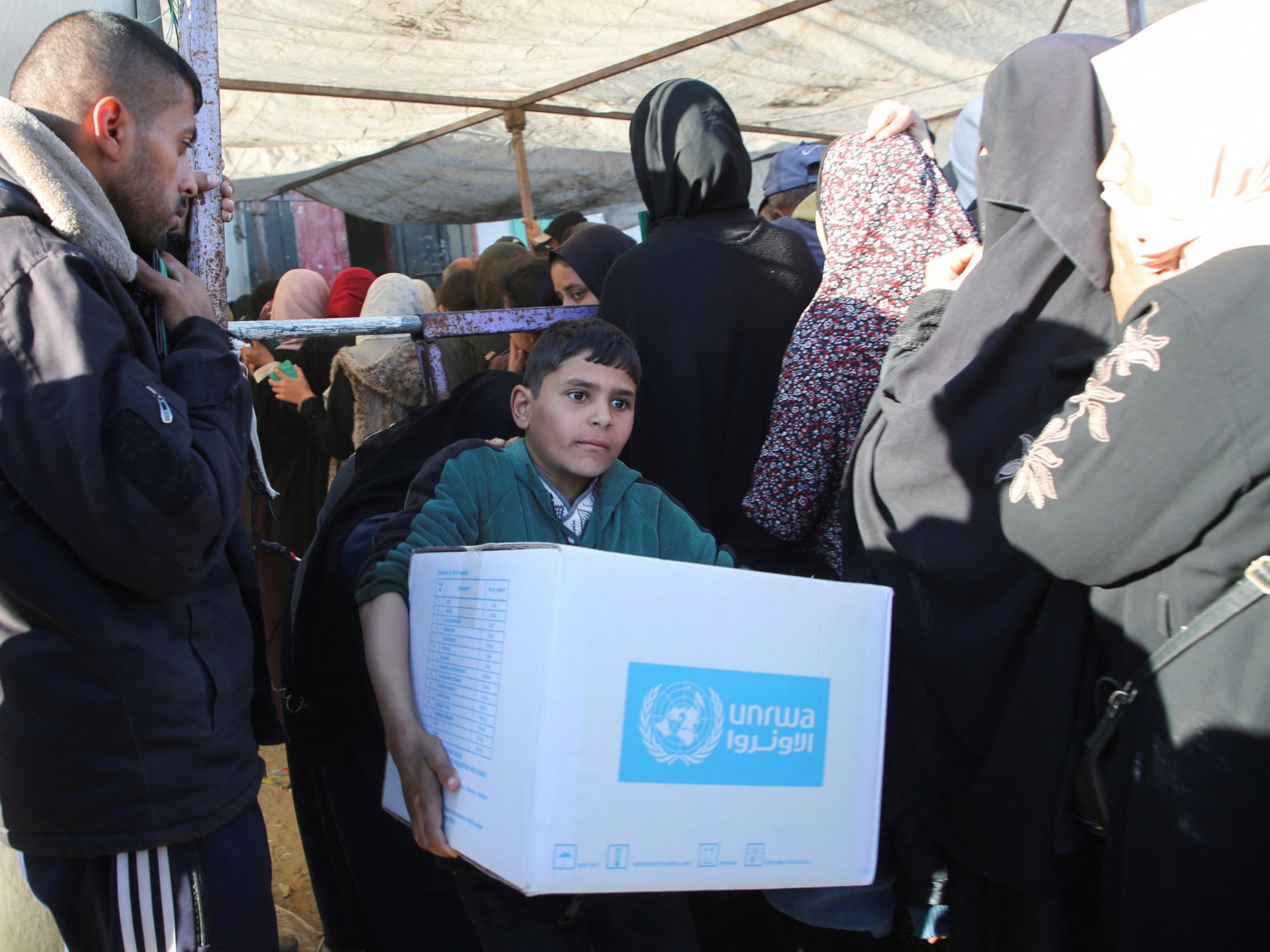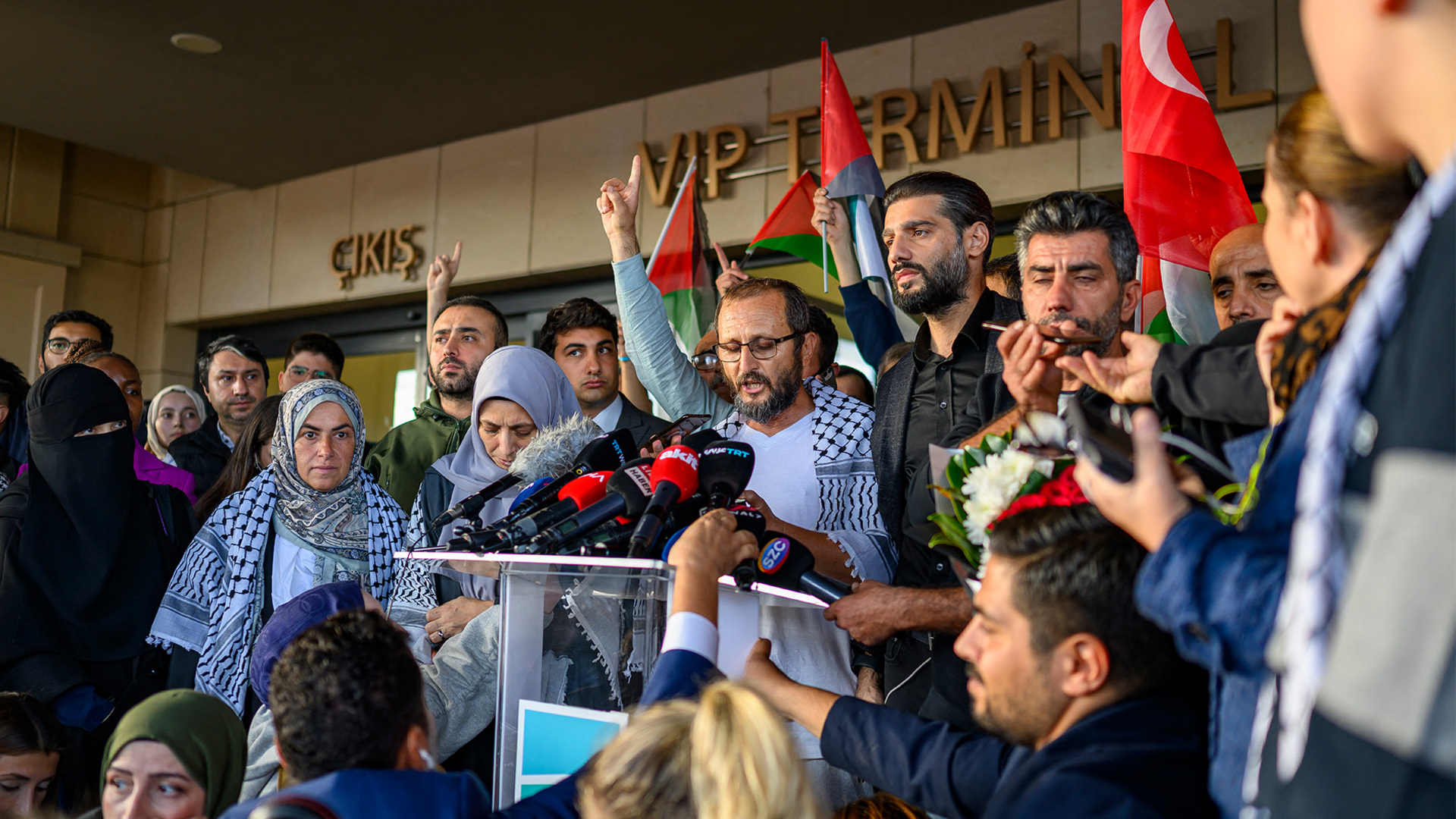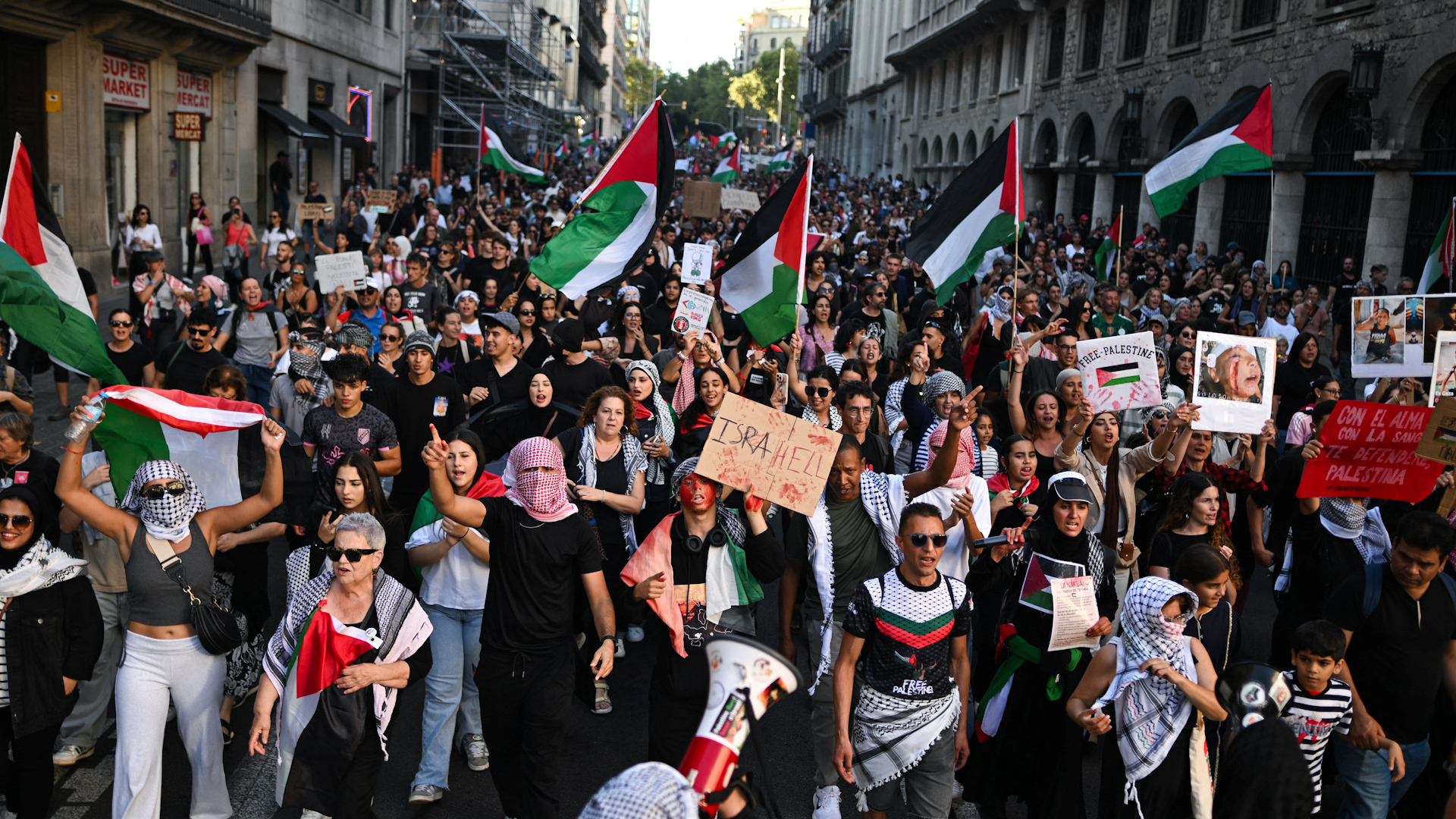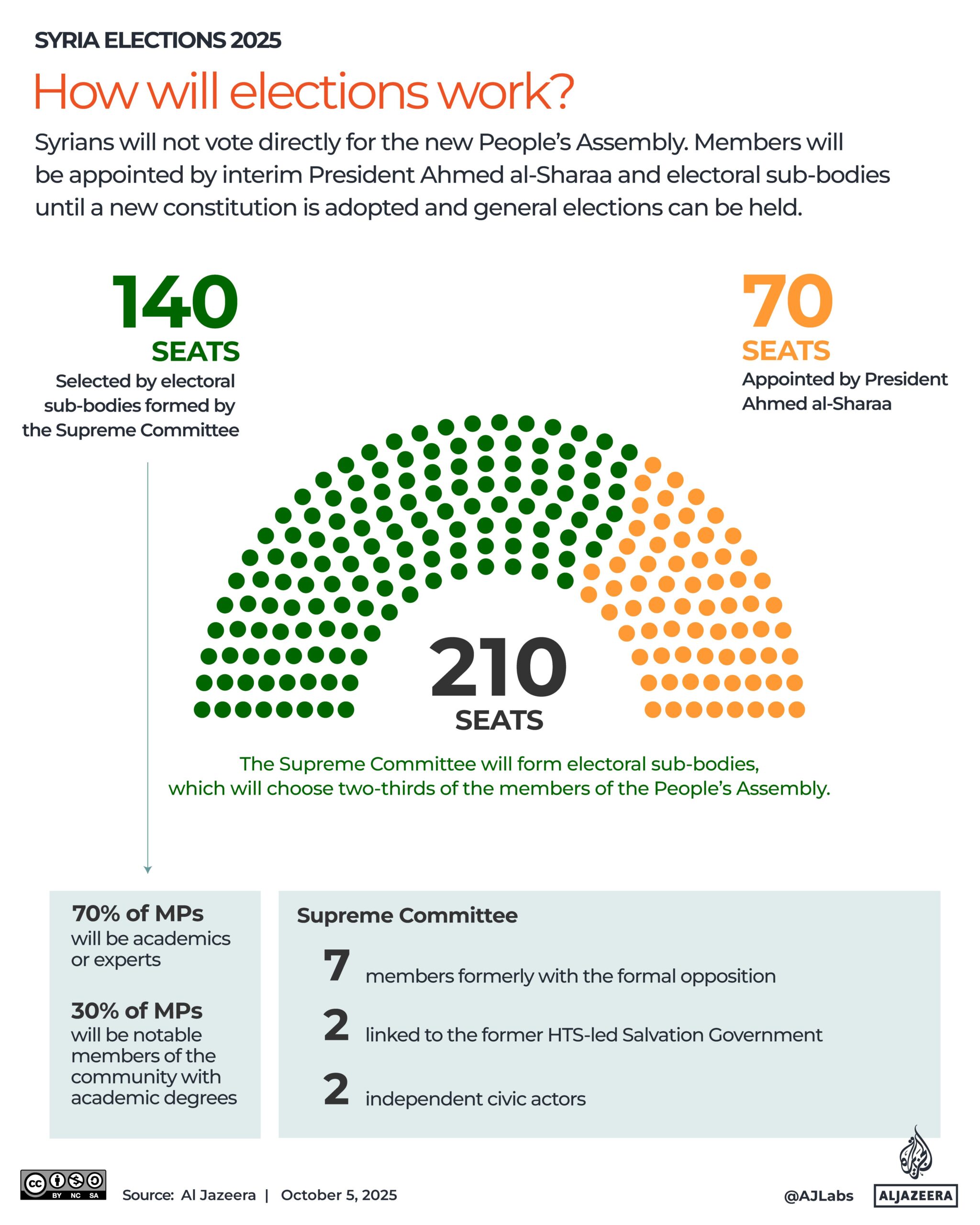Talking about her most recent album and new label, Zara Larsson claims that her dream is for people to start dressing up as her for Halloween and that her brand identity should be strong and easily recognized.
Zara Larsson, known for her hit singles, Lush Life and Never Forget You, and a successful music career spanning 17 years, has shared what her ultimate dream would be.
The singer-songwriter has opened up for Tate McRae’s North American tour and wowed people with her stage presence, vocals, and dancing abilities, but despite all her successes, she says her dream is for people to start dressing up as her for Halloween.
The Swedish singer-songwriter spoke to W Magazine about her fifth album, Midnight Sun and her new lingerie brand, Main Rose. When speaking about her looks on tour she said: “It’s all custom. We worked with so many different designers, and a lot of them are up-and-coming.
READ MORE: Viral R&B singer bagged a £2.2m record deal – but one thing isn’t rightREAD MORE: Taylor Swift’s most savage lyrics about famous exes as new album spills truth on Travis
“I want to be comfy on stage, of course. I dance a lot, so I don’t want things that are going to get in the way. We’re going for a vibe of very summery, very glittery, fun, and colourful. It’s kind of stepping into a bit of Barbie world.”
She continued, “It’s my dream to have people dress like me for Halloween.” I want my brand to be so strong that people can see or feel Zara Larsson’s face and identify it as such. My dream is that.
She arrived earlier this year in a sheer, glittering outfit that left little to the imagination. She made a splash at the MTV Video Music Awards earlier this year.
Larsson walked out of the red carpet wearing a translucent, flower-adorned mini dress with dangling crystals. She revealed matching sheer bottoms underneath without a bra. The look, which included orange strappy heels and oversized flower clips in her hair, immediately made a statement in Paris Hilton’s early 2000s red carpet era and Bianca Censori’s daring fashion choices.
The outfit quickly sparked a social media debate. The glam was just delivered by Sara Larsson. One user posted, “Can’t wait to see her slay the VMAs red carpet.”
One tweet reads, “Oh, really, that’s how she’s going to dress,” and another directly asks, “What is she wearing?”
For more stories like this subscribe to our weekly newsletter, The Weekly Gulp, for a curated roundup of trending stories, poignant interviews, and viral lifestyle picks from The Mirror’s Audience U35 team delivered straight to your inbox.
She appears to be ready to steal the show, according to another addition! Hope her performance is as good as her red carpet game, eh? Nothing worse than a fantastic outfit and a flat song.
Some fans praised the bold writing, “OMG she is stunning,” and “someone commented,” VMAs are bringing the action!” However, users were criticized frequently for calling the look “attention-seeking,” not “Paris Hilton,” and not because of it.








![Syrian President Ahmed al-Sharaa arrives to address the 80th United Nations General Assembly at the U.N. headquarters in New York, U.S., September 24, 2025 [Jeenah Moon/Reuters]](https://i0.wp.com/www.aljazeera.com/wp-content/uploads/2025/09/2025-09-24T180857Z_935996289_RC2HYGAGSQUQ_RTRMADP_3_UN-ASSEMBLY-1758843223.jpg?w=696&ssl=1)